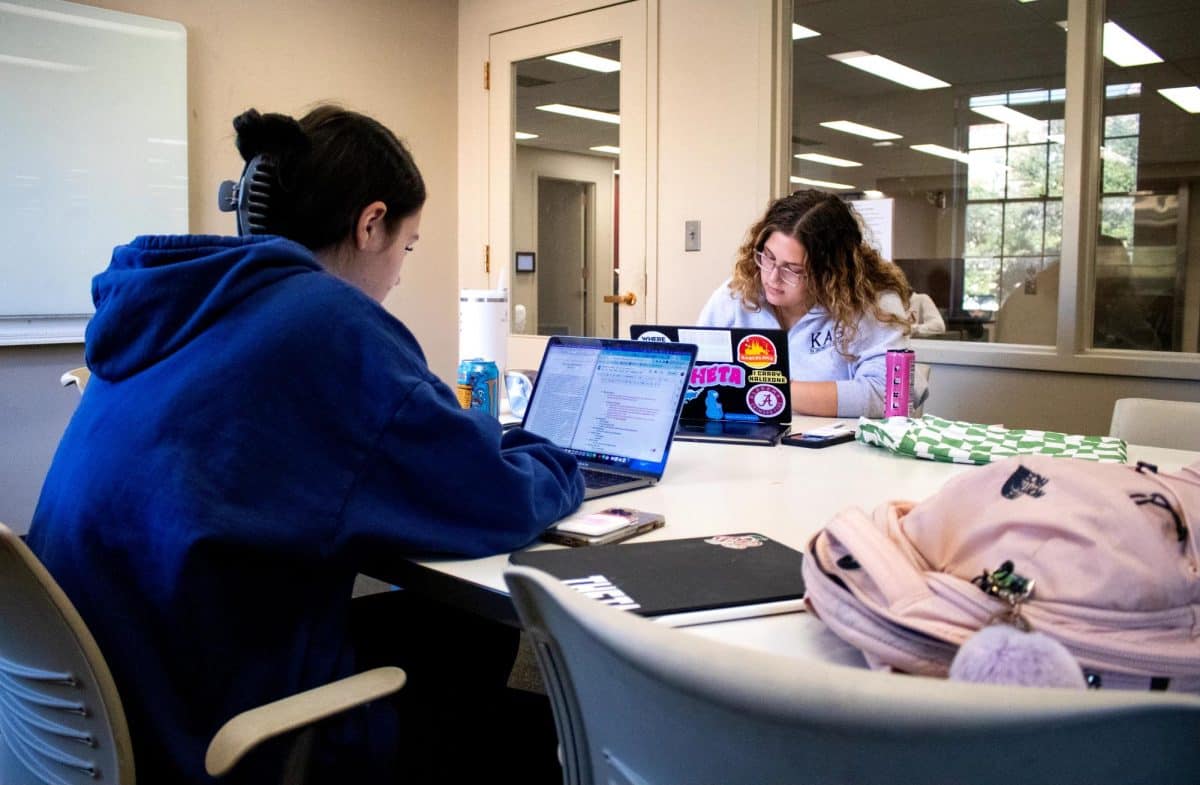The late-night clientele of Galettes and everyone’s favorite comic from ancient Greece, Aristophanes, have been searching for answers to the same questions: What is love, how do we find it, and how does it work? Appropriately for this week, which celebrates the possibilities of love and lust, let us, dear readers, take this moment to reflect on why we spend so much energy searching for love.
The idea of searching for love, looking for true love, or waiting for the one, originates in Aristophanes’ allegorical address in Plato’s “Symposium,” a famous text in which a bunch of old men get wicked drunk, dismiss the servants and women and chat about love. (This is not a joke, I’m almost qualified to teach this. Seriously.)
You may have heard Aristophanes’ myth in some form or another. Before modern humans existed, the creatures that roamed the earth were made of two human bodies stuck together by their backs. These great creatures were made up of three sexes: all female, all male and the androgynous sex, which was one male and one female body. Inevitably, as most often happens in Greek myths, something upset the gods. As punishment, the mighty Zeus split the creatures in half and scattered them across the earth, forming individual humans as we know today. Thus, we are now tasked with searching the earth to find our literal other (or better) half.
Love, or its myth, gives us a feeling of wholeness, because, in Aristophanes’ mind, we are actually finding the one and only being which was once a part of our own being. From this myth, we’ve created narratives that illustrate fate or providence as playing a critical role in finding and holding onto love. Shakespeare gives us the ultimate star-crossed lovers, countless romantic comedies offer perfectly timed coincidences to help sparks fly, and today’s young adult fiction authors passionately suggest that neither death nor destruction of civil society can stop the searching of two halves to become whole. In the last episode of “Sex and the City,” Carrie Bradshaw, who is probably fiction’s most authoritative voice on modern love, proclaims, “I am someone who is looking for love. Real love. Ridiculous, inconvenient, consuming, can’t-live-without-each-other love.”
Even a trip to a Hallmark store will provide ample evidence that there are many different ways to engage with love. Being in love, love and loving are all beautiful things, emotions and rites of passage that we’ve each got to work through some way or another. One of my favorite blogs, The Crunk Feminist Collective, described these three types of engagements, saying that “being in love is an irrational state of being, that love is an ideology, and loving is a deliberate action.” I am, as I would bet many of our peers are, not looking for only one person to be in love with, but spaces where we can radically engage with all three types.
If searching the whole world for the one person that makes our souls and bodies complete is simple, Aristophanes myth and the subsequent narratives fail to recognize the complexity of love and engaging in it. I conceptualize the ideal state of being in love through a grammar analogy: If life is a paragraph, being in love is the use of a coordinating conjunction in a sentence with two independent clauses. The coordinating conjunction combines the two while adding depth, interest and new life to the paragraph. While both clauses could, in fact, stand alone and be complete, they are simply better together.
We don’t simply need to find one person to love and be loved by, but instead, we desire moments in time where we simultaneously experience the chemical euphoria of being in love with another individual, radiate beliefs and values infused with love, and repeatedly choose to commit radical acts that reflect and enhance love. Instead of one individual making you or me whole, we search in this real, ridiculous, inconvenient and consuming way for a life that is full of many different kinds of love.
Michelle Fuentes is a doctoral candidate in political theory. Her column runs weekly.








